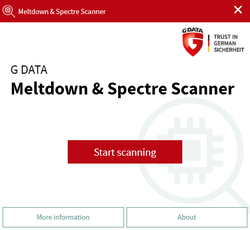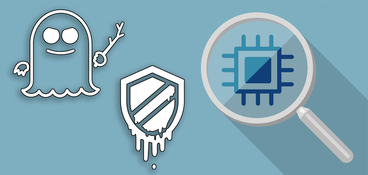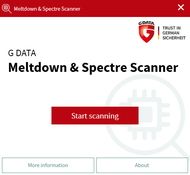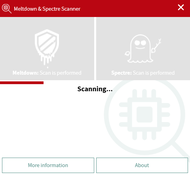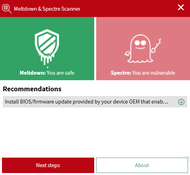Free G DATA scanner detects Meltdown and Spectre security holes
The program gives tips and tricks on how internet users can protect their system against attacks by local security holes
IT security manufacturer G DATA has released a free scanner that checks the system for the Meltdown and Spectre security holes. When they come across a hole, internet users are given tips on how to ward off the attack scenarios.
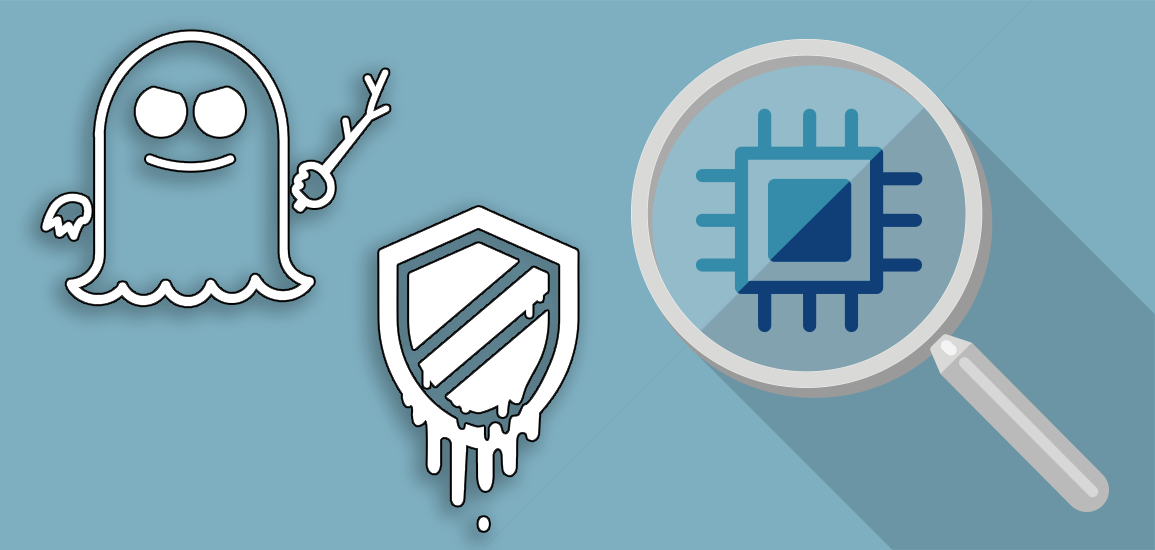
Computers protected with good IT security software are equipped to stave off cyberattacks from the Internet. A good antivirus product also protects scrupulously against offline attacks, such as infected USB sticks or other peripheral hardware connected to the computer. G DATA provides a free scanner that can be downloaded by users to keep them safe against the latest Meltdown and Spectre attack scenarios. But what exactly does the program do?
The scanner queries important computer parameters and settings, for example:
- whether recent Microsoft updates are installed;
- which computer processor is installed, and whether it is affected by the security holes;
- which operating system is used on the computer;
- whether safety-critical BIOS settings have been made;
- whether a verified antivirus product compatible with the new Microsoft patch is installed.
After completing the test, the free scanner from G DATA gives tips on possible improvements. Internet users should therefore immediately apply the specified security measures from the scan program to ensure that the system continues to enjoy effective protection.
The free G DATA Meltdown & Spectre Scanner can be downloaded directly from the G DATA website.
System requirements:
Windows 10, Windows 8.1, Windows 8, Windows 7 SP1, Windows Server 2016, Windows Server 2012 R2, Windows Server 2012 or Windows Server 2008 R2 SP1. G DATA Meltdown & Spectre Scanner requires .NET Framework 4 or higher, which comes preinstalled with Windows 8/Windows Server 2012 and newer. If you use Windows 7 SP1 or Windows Server 2008 R2 SP1, please install .NET Framework 4.7.1 beforehand.
